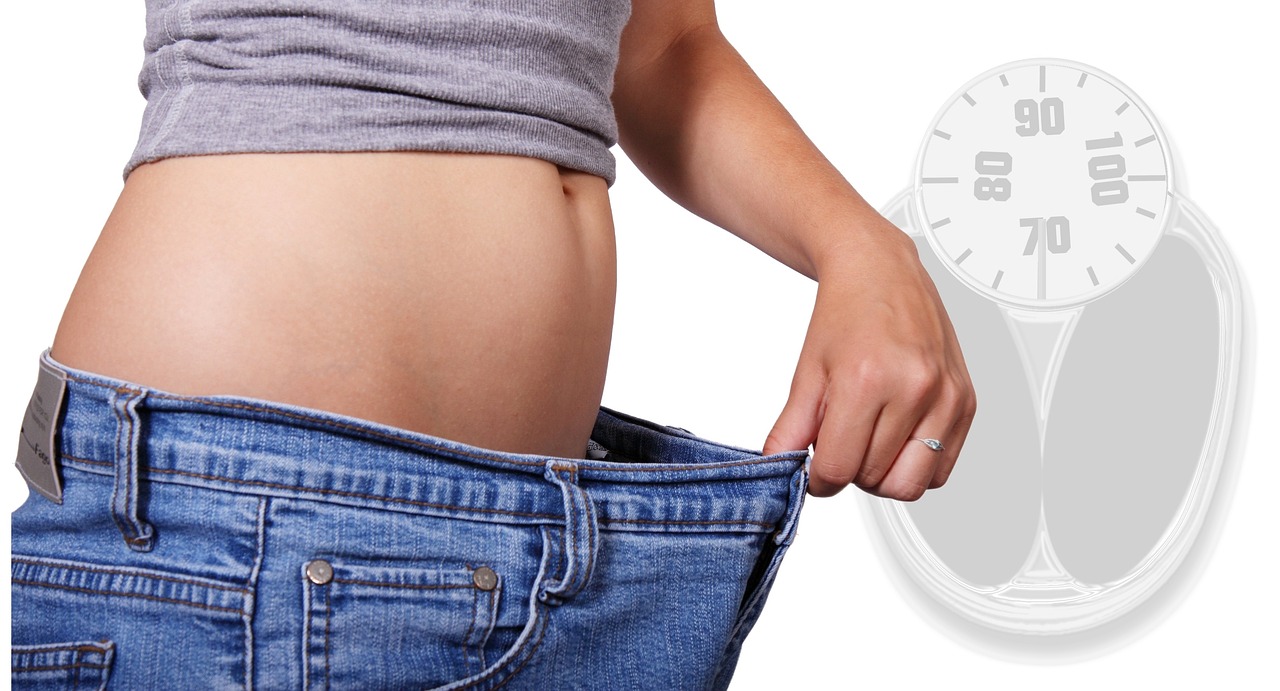Keto Diet Starter Guide
Introduction:
The ketogenic diet, or “keto” diet, has been gaining popularity in recent years as a way to lose weight and improve overall health. The diet is based on a high-fat, moderate-protein, and very low-carbohydrate intake, which puts the body into a metabolic state called ketosis. In this state, the body burns fat for energy instead of carbohydrates. This article will provide an overview of how to get started with the keto diet, including understanding the basics, setting goals, meal planning, tracking macros, finding support, managing side effects, incorporating exercise, and monitoring progress.
Understanding the Basics of the Keto Diet
- The ketogenic diet is a high-fat, moderate-protein, and very low-carbohydrate diet
- The goal of the diet is to put the body into a state of ketosis, where it burns fat for energy instead of carbohydrates
- Common foods on the keto diet include meat, fish, eggs, low-carb vegetables, nuts, and healthy fats such as avocado and coconut oil
- It’s important to consult a healthcare professional before starting any new diet, especially if you have any underlying health conditions
Setting Realistic Goals and Expectations
- It’s important to set specific, measurable, and achievable goals for starting the keto diet
- The keto diet can help with weight loss, but it’s not a quick fix or a magic solution for weight loss
- Other potential benefits of the keto diet include improved blood sugar control, increased energy, and improved mental clarity
- It’s important to remember that weight loss may be slower on the keto diet, as the body may initially hold onto water weight
Meal Planning and Shopping for Keto-friendly Foods
- Meal planning is essential for sticking to the keto diet, as it can be difficult to find keto-friendly options when eating out
- Some keto-friendly foods include:
- Meat, poultry, fish, and eggs
- Low-carb vegetables such as spinach, kale, broccoli, and cauliflower
- Nuts and seeds, such as almonds and chia seeds
- Healthy fats such as avocado and coconut oil
- Avoid processed foods, grains, and high-carb fruits
- A good strategy is to make a list of keto-friendly foods and meals before going grocery shopping
Understanding Macros and Tracking Your Nutritional Intake
- “Macros” refers to macronutrients, which are the three main types of nutrients the body needs in large amounts: carbohydrates, proteins, and fats
- On a keto diet, the macronutrient breakdown should be:
- Fat: 70-75% of total calories
- Protein: 20-25% of total calories
- Carbohydrates: 5-10% of total calories
- Tracking your macronutrient intake can help you ensure you’re staying within these guidelines
- There are many apps available that can help you track your macronutrient intake, such as MyFitnessPal and Carb Manager
Finding Support and Staying Motivated
- Starting a new diet can be challenging, and it’s important to have support from family and friends
- Joining a keto-specific support group or forum can also be helpful
- Staying motivated can be difficult, but it’s important to remind yourself of the reasons why you started the keto diet in the first place
- Celebrate small successes along the way, such as hitting a weight loss goal or noticing an improvement in your energy levels
6. Managing Common Side Effects and Challenges
- Some common side effects of starting the keto diet include the “keto flu,” which can include symptoms such as headache, fatigue, and nausea
- Constipation can also be a common side effect due to the decrease in fiber intake
- It’s important to stay hydrated and to include salt in your diet to help alleviate these symptoms
- Some people may also experience a decrease in exercise performance in the initial phase of the diet, but this usually improves with time
- It’s important to remember that these side effects are usually temporary and will subside as your body adjusts to the diet
Incorporating Exercise and Physical Activity
- Incorporating exercise and physical activity into your routine is important for overall health and can also help with weight loss
- High-intensity interval training (HIIT) and weightlifting are particularly effective for burning fat
- You can also include low-impact activities such as walking, cycling or swimming
- It’s important to remember that the keto diet may require more recovery time after exercise, so it’s important to listen to your body and adjust your exercise routine accordingly
Monitoring Progress and Adjusting Your Plan as Needed
- Monitoring your progress is essential for making adjustments to your plan as needed
- Use a food diary or app to track your macronutrient intake and make adjustments as needed to stay within the guidelines
- Keep track of your weight, body measurements, and progress photos
- If you’re not seeing the results you want, it may be necessary to adjust your calorie intake or make changes to your exercise routine
- It’s important to remember that weight loss may be slower on the keto diet, so be patient and stay committed to your plan
Conclusion:
The ketogenic diet can be a effective way to lose weight and improve overall health, but it’s important to approach it with realistic expectations and a solid plan in place. Consult a healthcare professional before starting the diet and set specific, measurable, and achievable goals. Meal planning and tracking macros are essential for sticking to the diet, and it’s important to find support and stay motivated. Managing side effects and incorporating exercise and physical activity are also key to success. With the right approach, the keto diet can be a sustainable and effective way to achieve your health and weight loss goals.
Keywords: ketogenic diet, keto diet, weight loss, health, ketosis, meal planning, macros, exercise.







